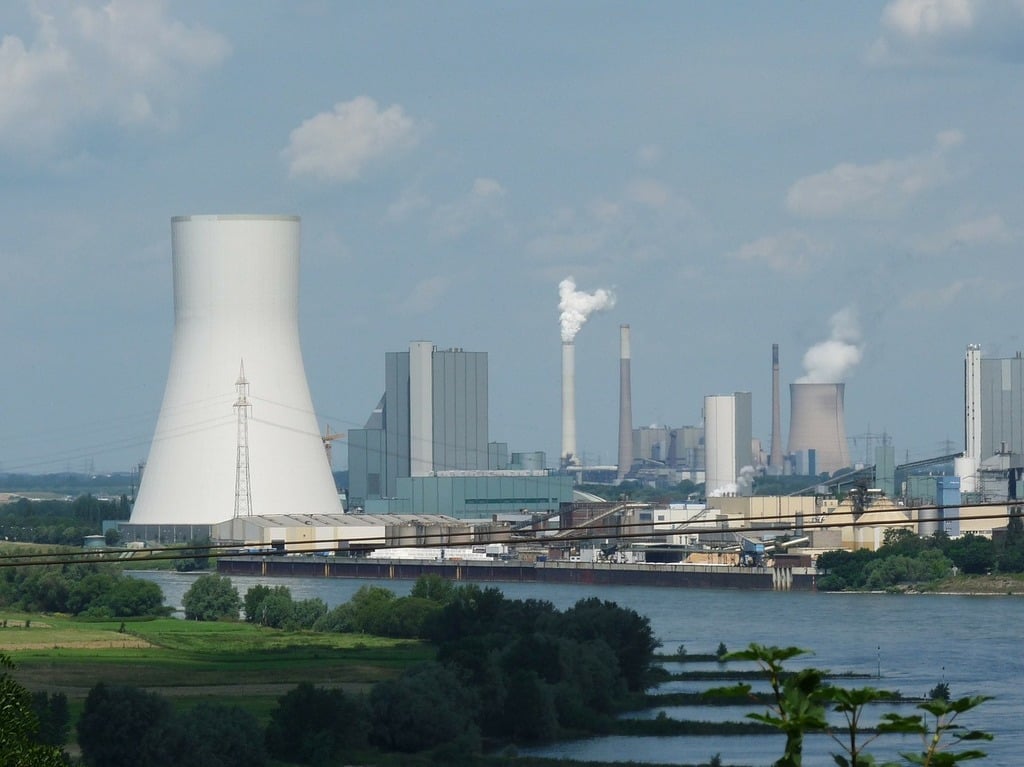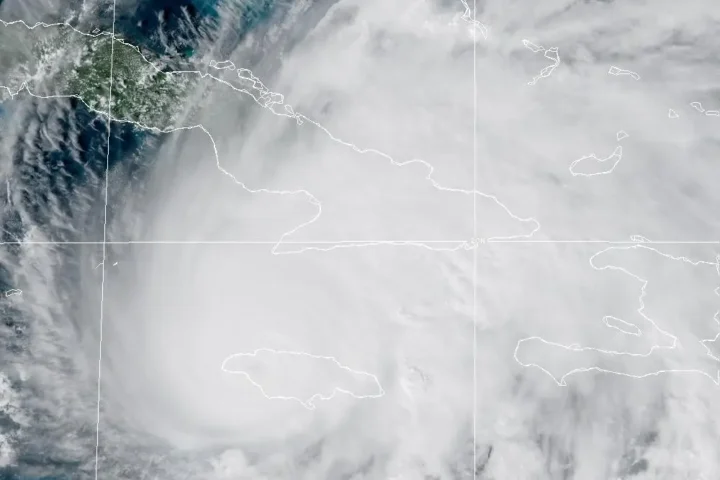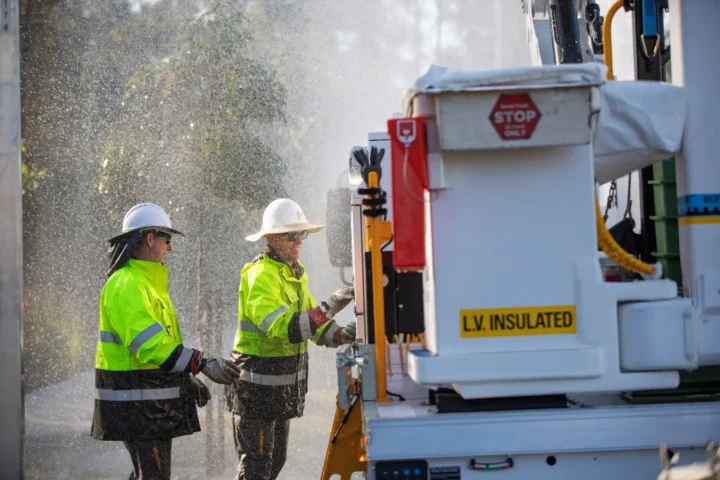The Trump administration has drafted a plan to repeal the EPA’s 2009 “endangerment finding” that classified carbon dioxide, methane, and four other greenhouse gases as threats to public health under the Clean Air Act. This move could fundamentally alter U.S. climate policy by removing the legal foundation for many greenhouse gas regulations.
The Legal Foundation and Strategy
Rather than challenging climate science directly, the EPA’s draft approach argues that Clean Air Act Section 111 doesn’t authorize broad pollutant-group findings. Instead, the agency claims the law requires pollutant-specific determinations.
“This action is part of the biggest deregulatory effort in U.S. history,” EPA Administrator Lee Zeldin stated in a March 12, 2025, news release, describing the package as “driving a dagger straight into the heart of the climate change religion.”
The proposal would undercut the legal foundation for vehicle emission standards and the 2015 New Source Performance Standards, affecting numerous greenhouse gas regulations that were built upon the 2009 finding.
Expert Reactions
Scientists and legal experts have expressed alarm at the proposed change.
“The science and impacts were clear cut in 2009 and are even clearer today amid extreme weather,” said Jason Burnett, who served at EPA during the original finding’s development.
Cornell University methane researcher Robert Howarth didn’t mince words: “Repealing the endangerment finding borders on criminal negligence,” he stated, citing strengthened evidence on climate impacts since 2009.
Richard Revesz of NYU Law described the legal grounds for repeal as “very flimsy” and predicted the effort would likely fail in court.
Background Context
The 2009 endangerment finding wasn’t created in isolation. It followed the 2007 Supreme Court case Massachusetts v. EPA, where justices held that greenhouse gases qualify as “air pollutants” under the Clean Air Act.
The finding was finalized December 15, 2009, after EPA reviewed 380,000 public comments, and became effective January 14, 2010. It established the scientific and legal basis for regulating greenhouse gases from vehicles, power plants, and other sources.
State Response: California’s Climate Firewall
California’s Air Resources Board (CARB) maintains independent authority under AB 32 to regulate greenhouse gases and has indicated it will defend its standards in court.
“California’s 2022 Scoping Plan commits our state to cut GHG emissions 85% below 1990 levels and achieve carbon neutrality by 2045,” stated a CARB press release. “This framework operates independently of any federal endangerment finding.”
California officials have indicated they will challenge any final repeal of the endangerment finding.
International Treaty Complications
Under the Paris Agreement, the United States has committed to a 50-52% greenhouse gas reduction by 2030 compared to 2005 levels. Rescinding the endangerment finding could complicate meeting these internationally pledged targets.
Similar Posts
The U.S. Nationally Determined Contribution under the Paris framework relies on regulatory mechanisms that stem from the endangerment finding. Without it, tracking and achieving these commitments becomes more difficult.
The Economic Equation
When EPA finalized the endangerment finding in 2009, its regulatory analyses provided economic justification for the climate regulations that followed, though specific benefit figures related to the finding itself would be developed in subsequent rulemakings.
Industry Divided
The business community has split on the proposed repeal.
The American Petroleum Institute has expressed support for the administration’s deregulatory agenda, while automotive industry representatives have raised concerns about regulatory uncertainty affecting investments.
Insurance Sector Concerns
Insurance experts have highlighted increasing costs associated with extreme weather events, with NOAA documenting 403 weather and climate disasters exceeding $1 billion each since 1980.
Youth Climate Litigation
In Juliana v. United States, youth plaintiffs argued that government climate policies violated their constitutional rights. However, the case was dismissed by the Ninth Circuit on 17 January 2020, and the Supreme Court declined to hear the appeal on March 24, 2025.
Latest Climate Science
The repeal effort comes as climate data continues to show warming trends:
The Intergovernmental Panel on Climate Change (IPCC) AR6 Synthesis Report from 2023 confirms that global surface temperature is 1.1°C above pre-industrial levels, with carbon dioxide concentrations at their highest in 2 million years.
NOAA’s 2024 State of the Climate notes that nine of the ten hottest years on record globally have occurred since 2015, with 2024 ranking as the warmest year in recorded history with a 1.29°C anomaly above the 1850-1900 average.
Current Status and Timeline
The EPA submitted its draft rule to the White House Office of Management and Budget (OMB) for interagency review on June 30, 2025. Release to the Federal Register for public comment is expected in the coming months.
Key Takeaways
The Trump administration’s draft plan targets the scientific and legal foundation for U.S. climate regulations by seeking to rescind the EPA’s 2009 endangerment finding. The proposal argues that the Clean Air Act doesn’t authorize group-based findings for greenhouse gases, faces opposition from climate scientists and legal experts, and could affect international climate commitments. State leaders, particularly in California, have vowed to maintain their own greenhouse gas regulations regardless of federal changes.


















